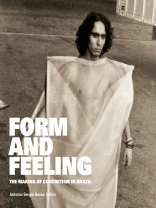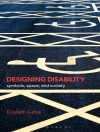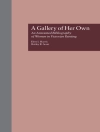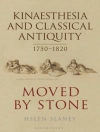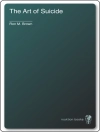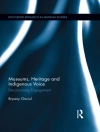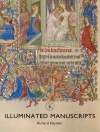Winner, 2022 Association of University Presses Book, Jacket, and Journal Show in the Scholarly Illustrated Category
A significant contribution on the development and aftermath of post–World War II Concretism in Brazil
Form and Feeling features a collection of essays by noted scholars exploring the sensorial, experience-based, and participatory practices pioneered in the 1950s by artists and poets such as Flávio de Carvalho, Ivan Serpa, Hélio Oiticica, Haroldo de Campos, Mary Vieira, Lygia Pape, Anna Maria Maiolino, Lygia Clark, Waly Salomão, and Emil Forman, among many others. Fourteen thought-provoking essays examine how many of their strategies constituted a pertinent critique of the country’s wide-ranging embrace of Eurocentric modernity while anticipating a number of practices prevalent among contemporary artists today—namely, the rise of art as social practice, the embrace of pedagogical concerns by artists, and relational aesthetics.
The fourteen essays collected in this volume consider the ramifications of modernist abstraction in the second half of the twentieth century and contribute to a growing academic field in postwar Brazilian and Latin American art history. Contributions to this anthology examine the development of modernist ideas that flourished in Brazil during a controversial period interspersed by dictatorial regimes. The global aspect of Brazilian art is especially evident in these studies, presenting the relational complexity of their subjects as transcultural, transnational actors while simultaneously contributing to a growing, increasingly nuanced understanding of visual and material culture, performance, and criticism in Brazil.
Form and Feeling continues the important process of re-analyzing the intersections of Concretism and Neo concretism, arguing for greater affinities between the primary and lesser-known cast of characters while equally redistributing the strict geographical divisions of São Paulo and Rio de Janeiro. This anthology broadly situates this extraordinary period of artistic experimentation in direct relationship to contemporary factors, such as psychoanalysis, educational systems, poetry, politics, and feminism. It crafts innovative relationships about the constructive hierarchies of form and space, poetry and painting, and mathematics and philosophy, thus engendering new positions for a deeply ensconced period in Brazilian history.
About the author
Luisa Valle is a doctoral candidate in art history at the Graduate Center, City University of New York (CUNY). Her research focuses on Latin American architecture and its implications for art production from the region, with a special interest in the local, national, and global contexts of modernism. She has published articles on Roberto Burle Marx and the synthesis of the arts, Mary Vieira and concretism, and Thomas Hirschorn’s Gramsci Monument. She is in the process of finishing her dissertation entitled “The Beehive, the Favela, the Mangrove, and the Castle: Modern Architecture in Rio de Janeiro, 1885–1945.” She has received several fellowships—including a CUNY Teaching Fellowship at Hunter College and an Avery Foundation/The Bronx Museum of the Arts Curatorial Fellowship—and has taught art and architectural history at the City College of New York and Hunter College.
